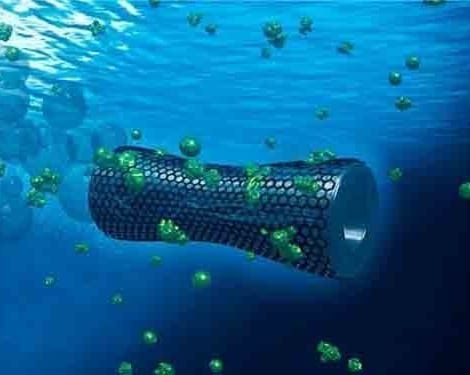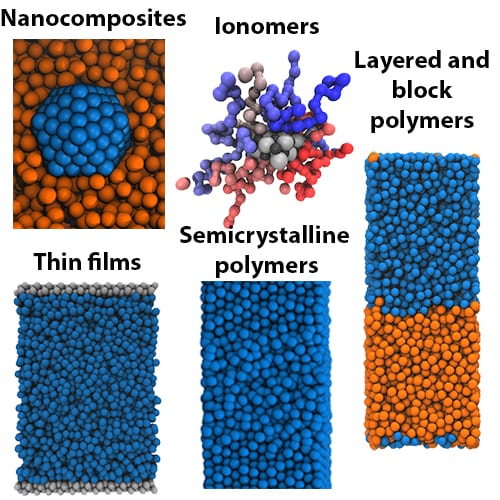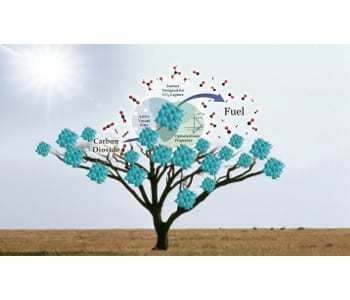Max Planck researchers have developed self-propelled tiny ‘microbots’ that can remove lead or organic pollutions from contaminated water.


Max Planck researchers have developed self-propelled tiny ‘microbots’ that can remove lead or organic pollutions from contaminated water.
Silk, elastin and collagen are naturally occurring fibrous proteins with a tremendous potential in biomaterial systems.

DMG Mori will present its new 5-axis grinding machine at the Grindtec 2016 trade fair

Mattel is introducing a 3D printing system of mobile app plus printer to produce toys.

Using only off-the-shelf components, researchers in Saudi Arabia have designed and built an affordable and multifunctional artificial skin sensor based on recyclable materials including paper and aluminium foil.

Researchers from the University of Akron provide an early picture of a unified understanding of dynamic interfaces in nanostructured polymeric materials.

After publishing 50 opinion pieces with us at MaterialsViews, Professor Ozin reflects on his three years work at the UofT solar fuel cluster, and looks to the future.

Boing created an open cellular polymer structure to build lighter aircrafts and save fuel.
AIChE and Society for Biological Engineering join forces with Wiley to launch Bioengineering & Translational Medicine, with Samir Mitragotri of the University of California, Santa Barbara, as editor-in-chief.

The world’s third largest producer of aluminum Alcoa will split into two independent companies.